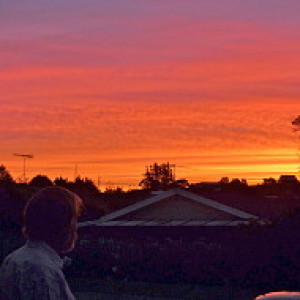Tui in a Little John
My run this morning took me through the countryside out from Snells Beach, and then back. Not a lot to see, or photograph. Certainly nothing like this.
S and I drove north for 3/4 hour to Mangawhai to have lunch with friends. They have established a wonderful big garden, and have given us some plants to use at the beach house. We had only just started to put them into boxes to bring back, when two tui flew into the dwarf bottlebrush (also known as Little John). One went as soon as I had got the camera out and put on the long lens. This one stayed long enough for me to get four shots.
I have been trying to get a decent photo of a tui for at least two years. I think this has achieved my aim. The size and colours of the bird are clearly seen, including the white tuft leading to its nickname as the Parson Bird. Also, I am delighted with the bright colours of the shrub it is in. Little John (Callistemon citrinus) grows 1 - 2 m high, and tends to be in flower for most of the time spring through to autumn.
Tui are unique to New Zealand and belong to the honeyeater family, feeding mainly on nectar from flowers of native plants such as kowhai, puriri, rewarewa, kahikatea, pohutukawa, rata and flax, as well as introduced plants such as the bottlebrush. Occasionally they eat insects. Tui are important pollinators of many native trees and will fly large distances, especially during winter, for their favourite foods.
Tui are common throughout New Zealand in forests, towns and on off-shore islands. They are adaptable and are found not only in native forests, bush reserves and bush remnants but also in suburban areas. They will live where there is a balance of ground cover, shrubs and trees. Being quite aggressive, Tui will chase other tui and other species (such as bellbird, silvereye and kereru) away from good food sources.
Do have a look at this large

Comments
Sign in or get an account to comment.


